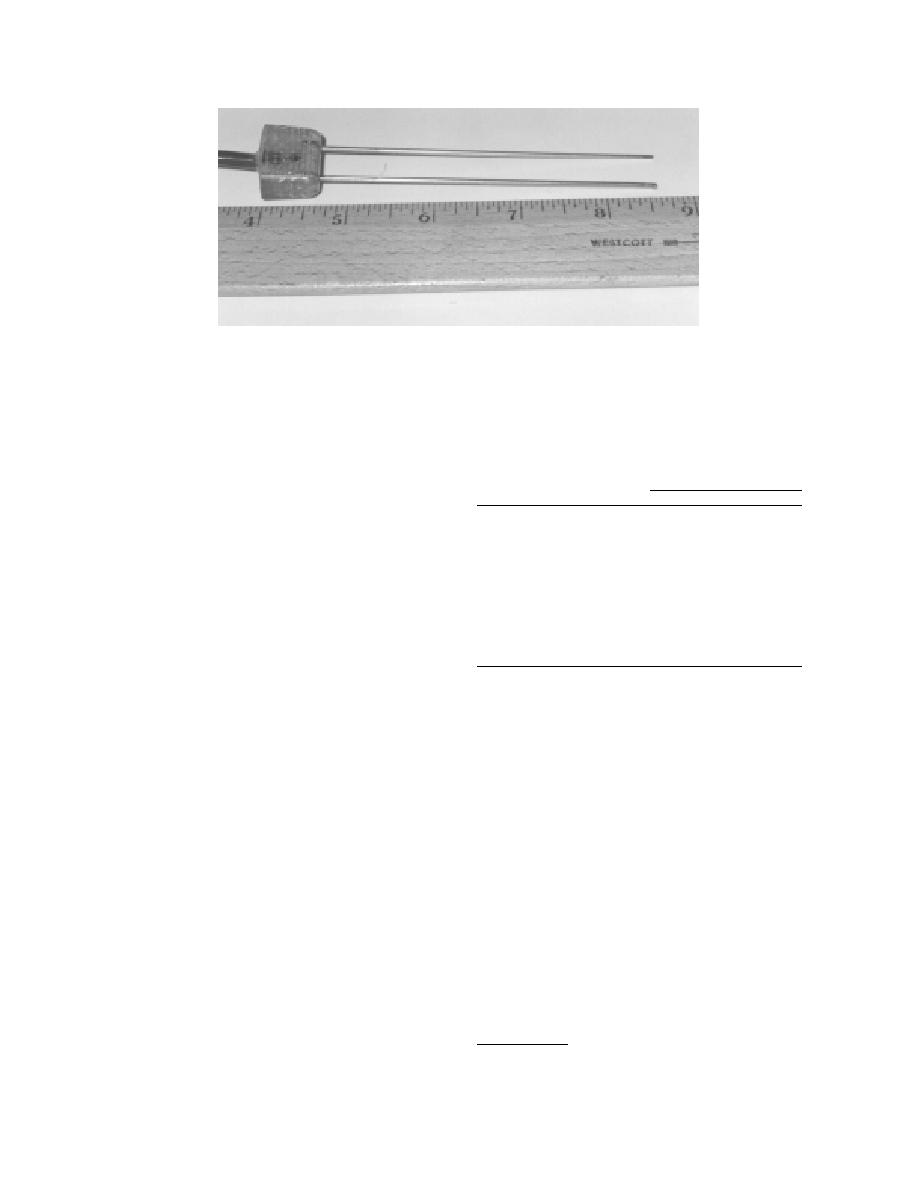
Figure 1. TDR probe. Each probe consists of two parallel stainless steel rods, each
1.6 mm in diam. and 100 mm long, spaced 12.7 mm apart. The rods are held in a
plastic handle, where they are connected to a coaxial cable that is attached to a 50-
ohm multiplexer, capable of supporting eight probes.
relative dielectric constant of the material sur-
Table 1. Comparison of measured to known and
calculated dielectric constant.
rounding the probe.
Thus, signal velocity should be affected by
Dielectric constant
changes in the dielectric constant of the material
Measured Known/calculated∗
Material
surrounding the probe. If the dielectric constant
Air
1
1
of the material increases, signal velocity should
Tap water, 10C
80
83.83
slow down. Water, having a relatively high
Sand, od†
2.9
3.02
dielectric constant of about 80, should affect sig-
Coarse aggregate, od
2.2
3.45
nal velocity much more greatly than would most
Unhydrated cement
2.7
2.83
Hydrated cement paste, ssd†
31.2
33.64
geologic materials, such as soil, sand and stone,
Concrete, od
5.4
5.49
which have dielectric constants between 2 and 7,
Concrete, ssd
12.0
10.61
or air that has a dielectric constant of 1. Con-
Mortar, od
3.9
4.99
crete's dielectric constant is derived from the sep-
Mortar, ssd
13.0
14.03
arate constituents of air, cement paste (a calcium
* Air and water obtained from Handbook of Physics and Chemis-
silicate hydrate), aggregate, and water. Because
try (1977); the rest are derived in Appendix A.
the dielectric constant of bulk water is high, its
† od and ssd stand for oven-dry and saturated surface-dry,
respectively.
effect on the composite dielectric constant of con-
crete should be significant, and should be easily
lated value for all but the coarse aggregate, con-
detectable, even in small amounts.
crete (ssd) and mortar (od). Those three measure-
ments differed by 13 to 36% from the calculated
Pretest
values. Nevertheless, we were satisfied that the
To verify that our TDR system functioned
TDR system functioned as expected.
properly, we pretested it in various concrete and
mortar components and compared those meas-
Mixture proportions
urements to known or calculated values. We
Table 2 gives the mixture proportions, slumps,
measured the dielectric constant of air and water,
air contents, and specific gravities for the concrete
for which the dielectric constants are well known,
and mortar used in this study. The concrete for
and concrete, mortar and their individual com-
part I was patterned after the concrete used for the
ponents, for which the dielectric constants had to
TDR test section at the Denver airport*. Though it
be calculated (App. A explains the calculations).
did not contain flyash, the part I concrete was de-
The pretest results in Table 1 show that the meas-
signed to contain the same aggregate-to-paste
ured value agreed with the textbook value of 1 for
ratio as the Denver concrete. This assured that the
air and was within 5% of the textbook value for
water. For the other materials, for which there
were no textbook values, the results were mixed.
*Personal communication with M. Hovan, FAA William J.
The measured value was within 10% of the calcu-
Hughes Technical Center, 31 October 1995.
2



 Previous Page
Previous Page
